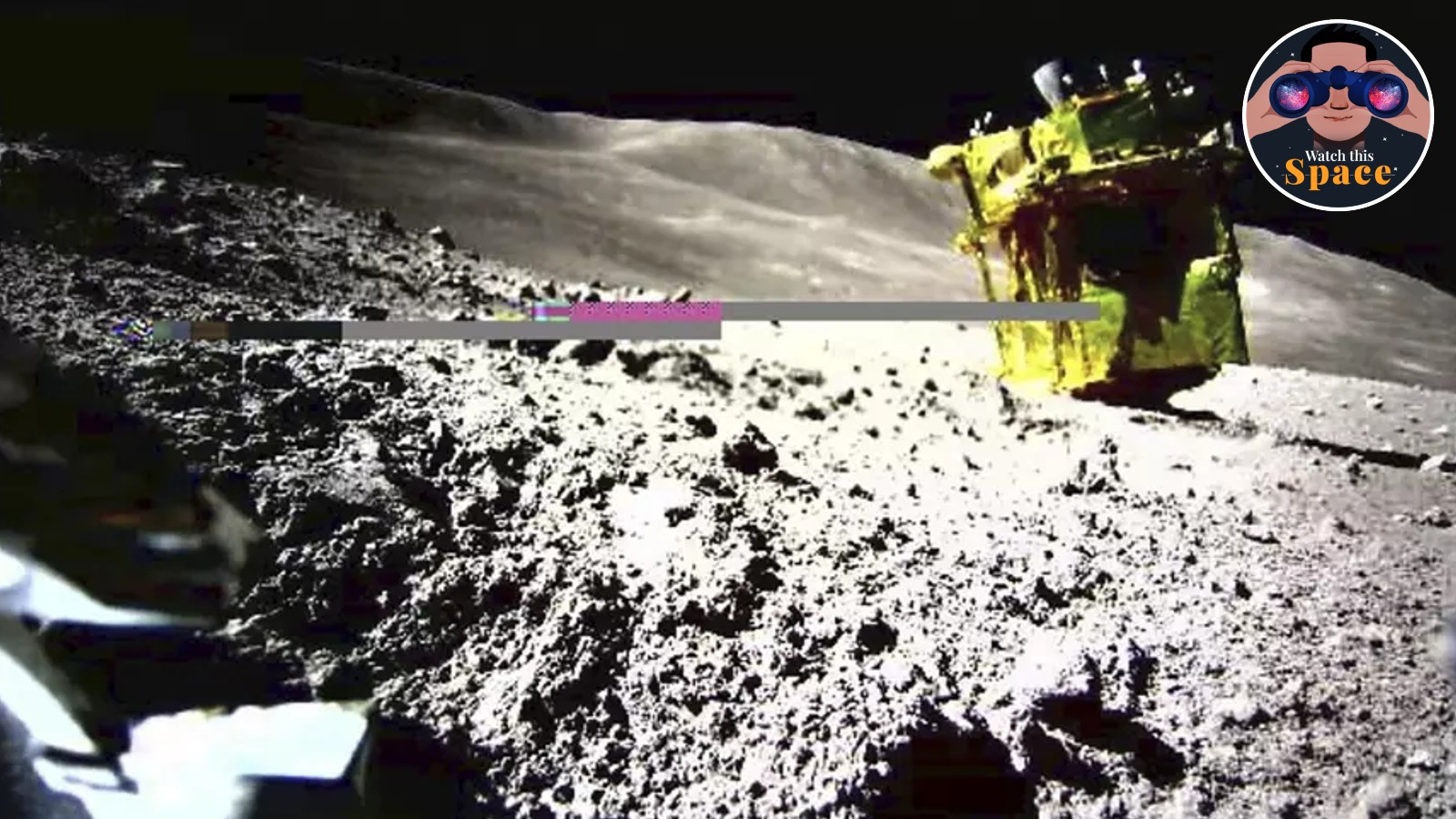It was a great moment for Japan as the country completed its first successful soft-landing as the “moon sniper” SLIM spacecraft landed on the Moon. But good news soon turned into bad news, before it turned into good news again.
The Smart Lander for Investigating Moon (SLIM) made a precision landing on the lunar surface on January 20. But then, JAXA, the Japanese space agency, found that the lander’s solar module was not working because of the way the solar panels were angled. This meant that it had to function on its battery backup for a while before it seemed to have powered off, and the space agency lost contact with it.
But after more than a week without electricity, SLIM regained power and JAXA was able to re-establish contact with it on Monday, January 29. It was likely able to generate power because of a change in the sunlight’s direction on the Moon. But that would not last for long. Just like India’s Chandrayaan-3, SLIM was only designed to operate during the lunar daytime. This meant that it had to be shut down immediately after lunar night came around.
A night on the Moon lasts the equivalent of about 14 days on our planet. JAXA is hoping that SLIM will survive the night time. Its solar panels are facing west and if sunlight shines from that direction, there is a small possibility that the lander will start generating power and recover. But the emphasis is on small — it is extremely cold on the Moon during nighttime and that does not bode well for the electrical and mechanical components of the lander.
This seesaw drama of SLIM on the Moon is playing against a wider backdrop of the new space race that is intensifying by the day. With the landing, Japan is among the list of only five countries that have managed a soft landing on the Moon. The other members include the United States, the erstwhile Soviet Union, China, and India.

The United States’ NASA is not content with its lunar success decades ago and is now in the middle of returning humanity back to the Moon with the Artemis program. But this time, they do not really intend to come back. The American space agency is hoping that it can establish a sustained human presence on the Moon with the Artemis programme and others that come with it.
Just this week, it announced that it has completed the first phase of its plan to build a nuclear fission reactor on the Moon. The first phase involved commissioning three private companies to develop an initial design that included the reactor, its power conversion, heat rejection, power management and distribution systems, estimated costs and a development schedule.
As SLIM and Chandrayaan-3 showed us, solar power is tenuous on the Moon and anything solar-powered will be at the mercy of the harsh conditions on Earth’s lone satellite. But if you have a nuclear fission reactor generating electricity, you can power electronic devices anytime and anywhere, even in the permanently shaded parts that might hold water. This is important because if the Moon does have liquid water, it can be used to both sustain astronauts and as a reservoir for getting liquid hydrogen and liquid oxygen, a powerful rocket fuel mixture.
In our race to colonise the Moon, we will also have to pay more attention to what is happening there. A study published last month reveals that the Moon’s shrinking may be causing more moonquakes. Yes, the Moon is shrinking. That is because its still-hot interiors are gradually cooling. Tidal forces from the Earth also contribute to the celestial body’s shrinking.
This shrinking could be causing the Moon to develop faults and moonquakes, particularly in the region near its south pole. That is where Chandrayaan-3 rests and also where NASA plans to land human astronauts with the Artemis 3 mission. Even if we do establish a permanent outpost on the Moon, it would take nothing more than a moonquake to bring down a human settlement on a hostile planet.

Shambhu Kumar is a science communicator, making complex scientific topics accessible to all. His articles explore breakthroughs in various scientific disciplines, from space exploration to cutting-edge research.


